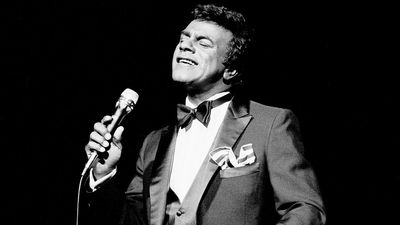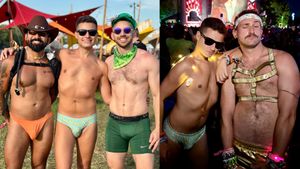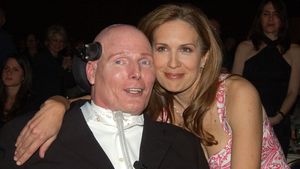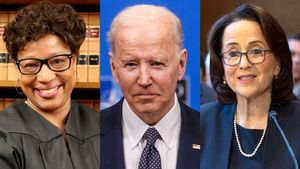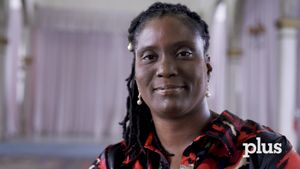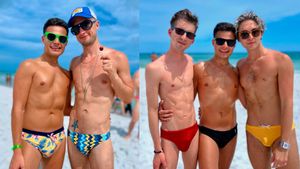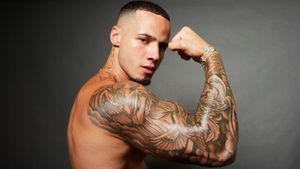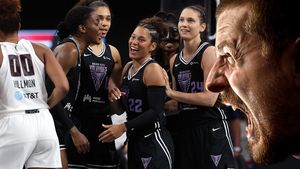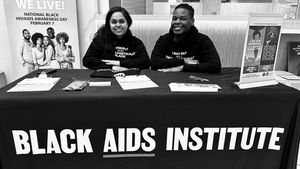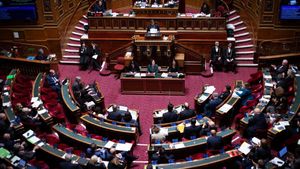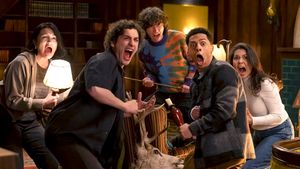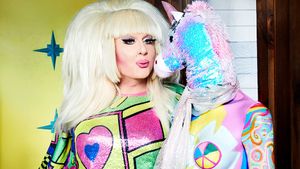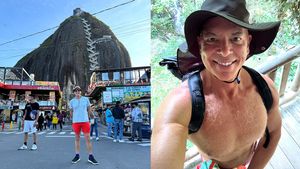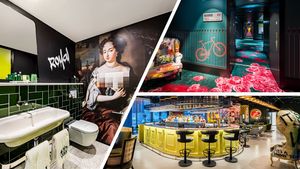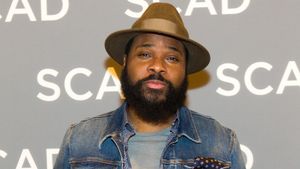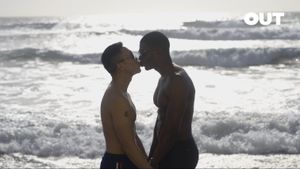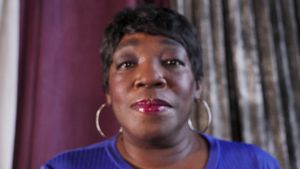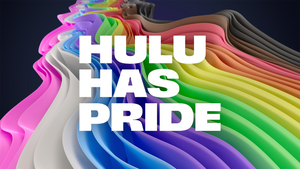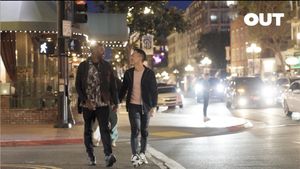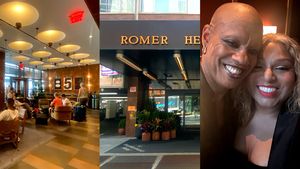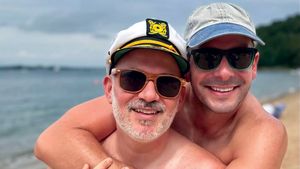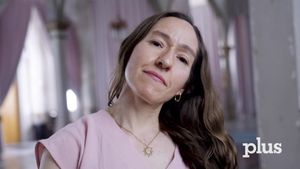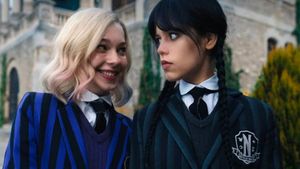CONTACTAbout UsCAREER OPPORTUNITIESADVERTISE WITH USPRIVACY POLICYPRIVACY PREFERENCESTERMS OF USELEGAL NOTICE
© 2025 Equal Entertainment LLC.
All Rights reserved
All Rights reserved
By continuing to use our site, you agree to our Privacy Policy and Terms of Use.
We need your help
Your support makes The Advocate's original LGBTQ+ reporting possible. Become a member today to help us continue this work.
Your support makes The Advocate's original LGBTQ+ reporting possible. Become a member today to help us continue this work.
Cross-dressers, lesbian softballers, leather culture, pioneering activists, and crusading lawyers will be among the diverse aspects of Windy City LGBT history showcased in the Chicago History Museum's "Out in Chicago" exhibit.
Opening May 21 and running though March 26 of next year, the exhibition is the first LGBT-focused one to be mounted by a mainstream urban history museum. It covers 160 years and has itself been years in the planning.
Since 2003 the museum has hosted "Out at CHM," a series of three events a year dealing with Chicago gay history. "It's the most popular public program that the history museum has ever run," says Jennifer Brier, a professor at the University of Illinois at Chicago and co-curator of the exhibit with Jill Austin, a staff curator at the museum. "It has been an incredible testimony to how interested people are in LGBT history." That laid the groundwork for the exhibition, one in a series the museum has offered on various neighborhoods and populations of the city.
The show is organized thematically. The first section documents how Chicago served as a magnet for people who resisted gender norms even as city officials tried to enforce them. In 1851, just 14 years after Chicago was incorporated as a city, the local government enacted an ordinance against cross-dressing, making it one of the first municipalities to do so. The original copy of that ordinance is in the exhibit -- the oldest artifact on display -- along with numerous stories of Chicagoans who defied it. "We found literally hundreds of examples," says Brier.
The next section details how LGBT Chicagoans formed families and made homes. It incorporates oral histories of a dozen residents, such as Chuck Renslow, an activist and leader of the leather community, and an African-American lesbian couple, Iman and Tasha. The section also looks at diverse types of homes. One is progressive reformer Jane Addams's Hull House, where social workers lived among and served the poor beginning in 1889; it serves as an example of women's space. (Many modern scholars believe Addams was a lesbian.) Also featured is a social service agency started nearly 100 years later, Chicago House, founded in 1985 to provide housing to people with HIV and AIDS, the first such agency in the nation.
The third section is about social spaces and gatherings -- bars such as
the Sappho Club, an early meeting place for lesbians, and the Why Not?
Club, reputedly the first S/M club in Chicago; sports groups and events,
including Chicago's long tradition of lesbian softball clubs and the
2006 Gay Games hosted by the city; and gay-inclusive religious venues,
encompassing gospel choirs, the LGBT Jewish congregation Or Chadash, and
many others. The curators aim to show that gay life in Chicago isn't
limited to a few well-known "gayborhoods." "This exhibition really does
try to situate LGBT people across the city," Brier says. Adds Austin:
"It also reinforces the idea that gay people here are not monolithic."
The fourth and final portion of the exhibit focuses on politics and how LGBT Chicagoans fought for social justice for themselves and other marginalized people. Featuring videos, it spotlights various key moments and players in the history of the city's gay activism. These include Henry Gerber, who founded the Society for Human Rights in 1924; it was the nation's first gay rights group and, unusual for the time, was multiracial. Another is Pearl Hart, a lesbian lawyer who represented clients from a variety of oppressed groups. (Gerber/Hart Library, a Chicago-based LGBT history archive, is named for the two of them.)
Austin and Brier aim for the exhibit to start conversations, and they also invite attendees to be a part of it. There will be a video booth where visitors can share their stories to post online.
Putting the show together has been a community effort. The museum created it in partnership with the UIC College of Liberal Arts and Sciences and the Center on Halsted, Chicago's LGBT community center. It has received financial support from foundations, corporations, and individuals; the Elizabeth Morse Charitable Trust and the Elizabeth Morse Genius Charitable Trust (similarly named but separate foundations) are the presenting sponsors, and the financial services company Northern Trust is the lead corporate sponsor. Several local media outlets, including the LGBT paper Windy City Times, have provided advice and assistance.
Opening day, May 21, will feature musical, comedy and other performances from 11 a.m. to 4 p.m. There will be a preview cocktail reception the night before. There will also be programs and events throughout the exhibition's run, and a companion book of essays, also titled Out in Chicago, is being published in both print and e-book form. For more information, visit ChicagoHistory.org.
trudestress
From our Sponsors
Most Popular
Watch Now: Pride Today
Latest Stories
Pete Hegseth shares video of pastor calling to ban gay sex and ban women from voting
August 11 2025 4:11 PM
Trump’s militarization of D.C. is blatant dictatorship
August 11 2025 1:18 PM
Men caught kissing in Indonesia sentenced to public caning
August 11 2025 2:50 PM
What the heck is happening in D.C.? Nothing, until Trump deployed the National Guard
August 11 2025 12:18 PM
True
UCLA rejects Trump's demands to accept anti-transgender policies — for now
August 11 2025 5:55 PM
Influential Democrats condemn Donald Trump’s ‘dictator-level’ takeover of nation’s capital
August 11 2025 1:55 PM
Trending stories
Recommended Stories for You
Trudy Ring
Trudy Ring is The Advocate’s senior politics editor and copy chief. She has been a reporter and editor for daily newspapers and LGBTQ+ weeklies/monthlies, trade magazines, and reference books. She is a political junkie who thinks even the wonkiest details are fascinating, and she always loves to see political candidates who are groundbreaking in some way. She enjoys writing about other topics as well, including religion (she’s interested in what people believe and why), literature, theater, and film. Trudy is a proud “old movie weirdo” and loves the Hollywood films of the 1930s and ’40s above all others. Other interests include classic rock music (Bruce Springsteen rules!) and history. Oh, and she was a Jeopardy! contestant back in 1998 and won two games. Not up there with Amy Schneider, but Trudy still takes pride in this achievement.
Trudy Ring is The Advocate’s senior politics editor and copy chief. She has been a reporter and editor for daily newspapers and LGBTQ+ weeklies/monthlies, trade magazines, and reference books. She is a political junkie who thinks even the wonkiest details are fascinating, and she always loves to see political candidates who are groundbreaking in some way. She enjoys writing about other topics as well, including religion (she’s interested in what people believe and why), literature, theater, and film. Trudy is a proud “old movie weirdo” and loves the Hollywood films of the 1930s and ’40s above all others. Other interests include classic rock music (Bruce Springsteen rules!) and history. Oh, and she was a Jeopardy! contestant back in 1998 and won two games. Not up there with Amy Schneider, but Trudy still takes pride in this achievement.




